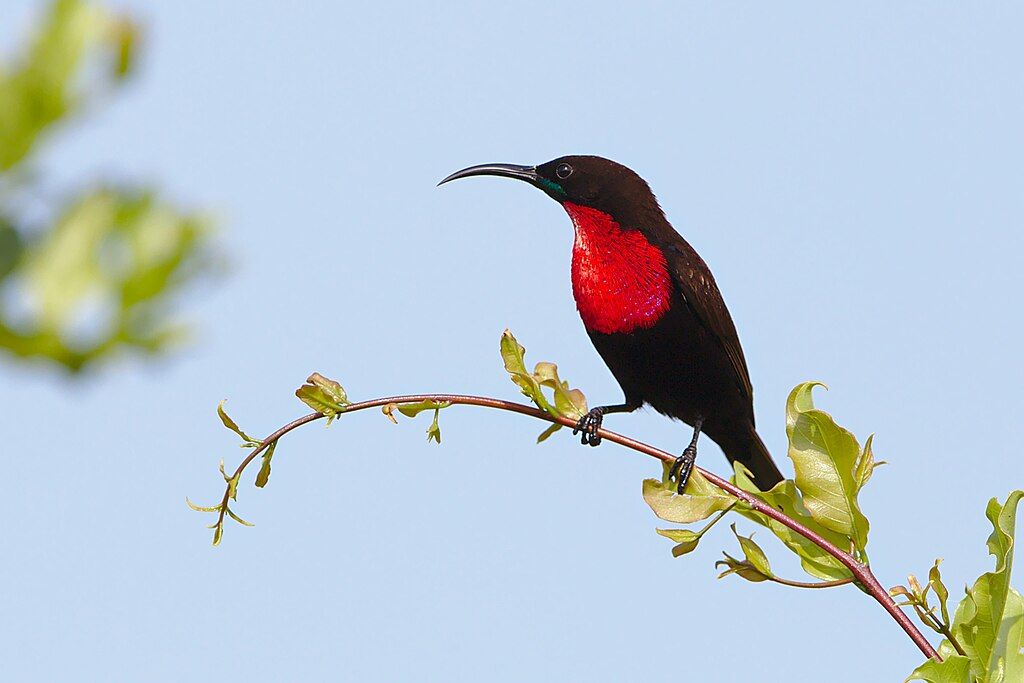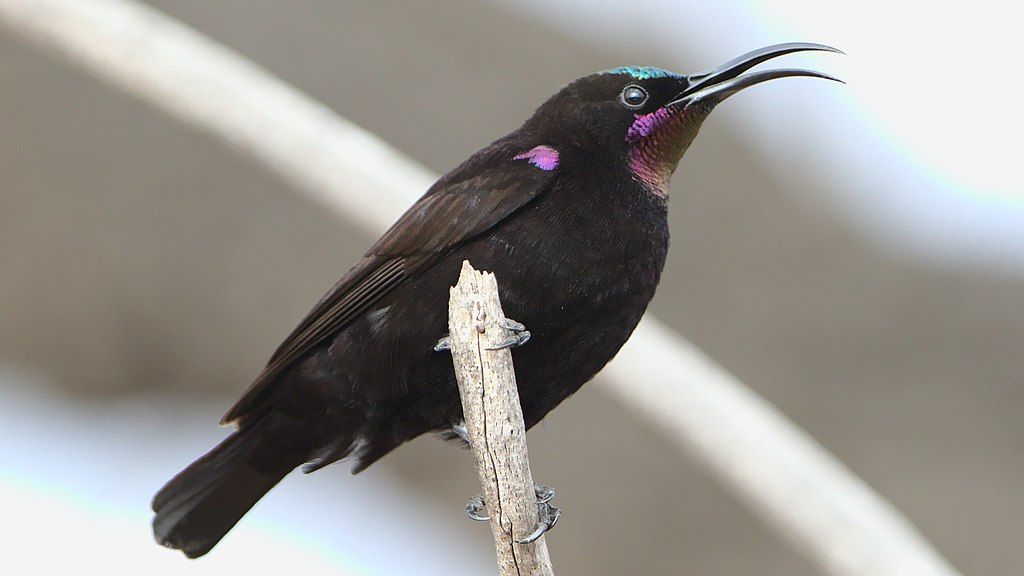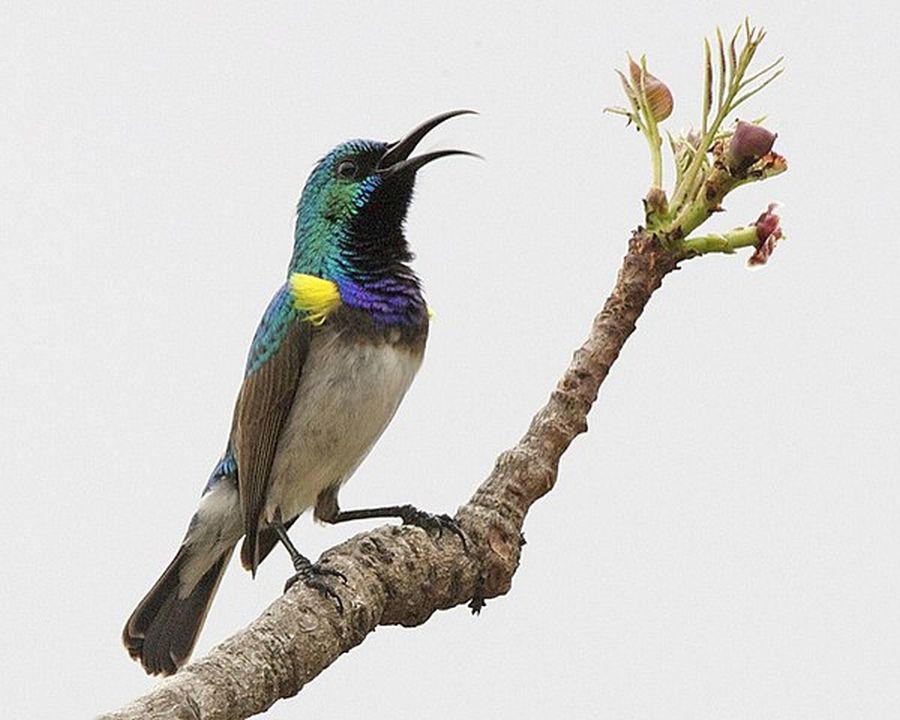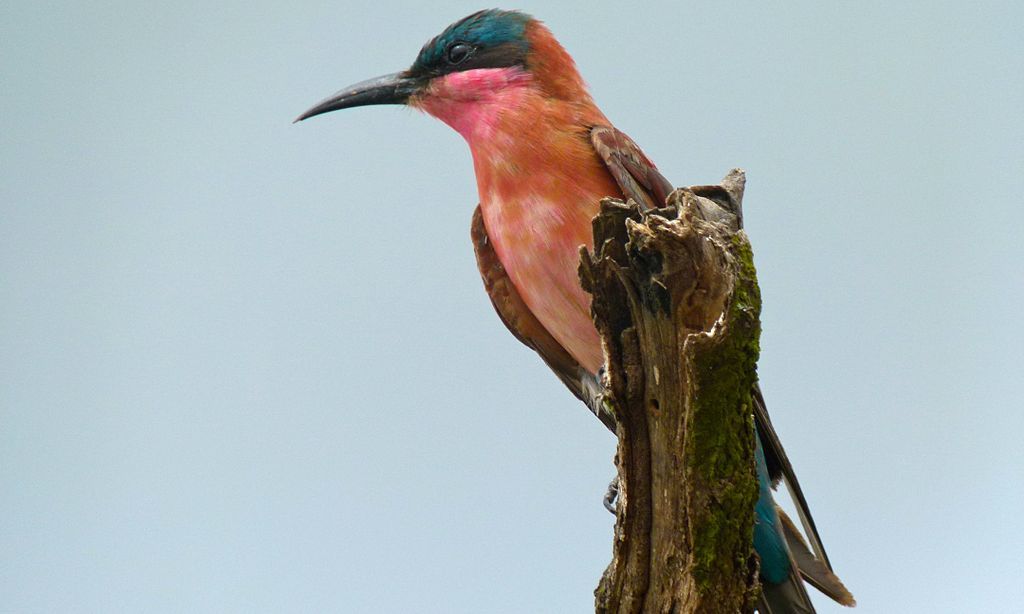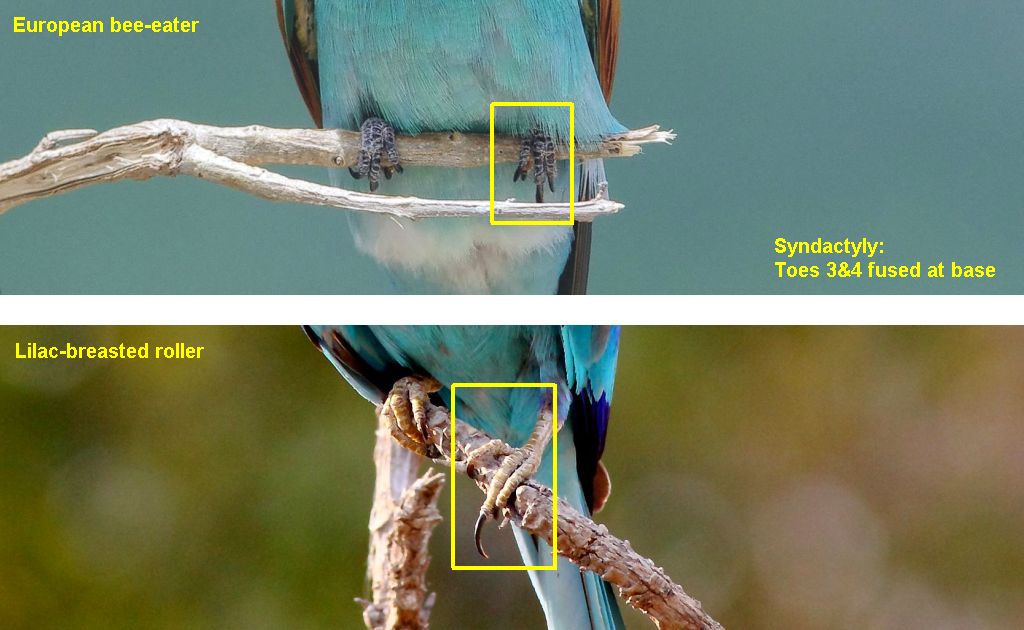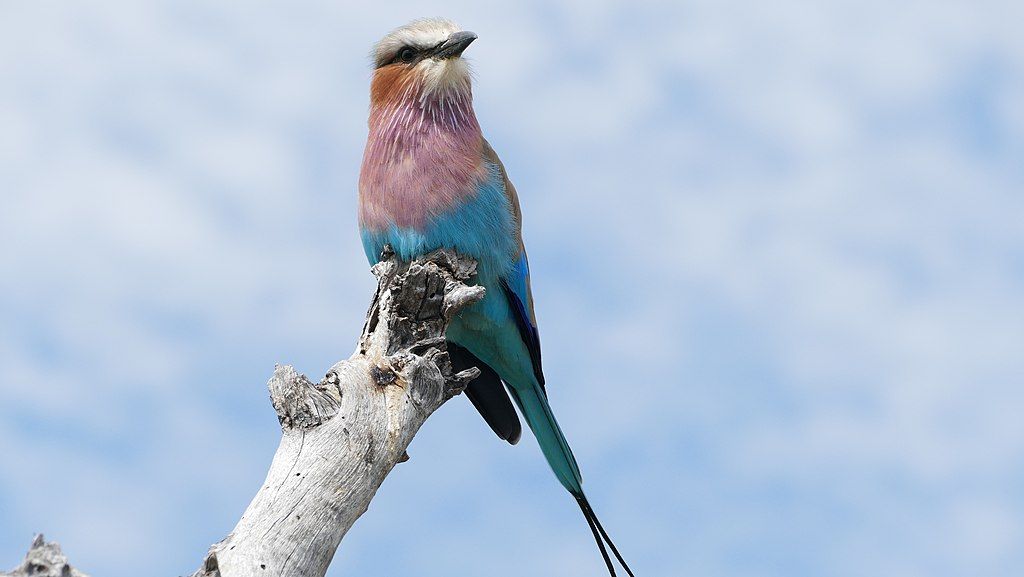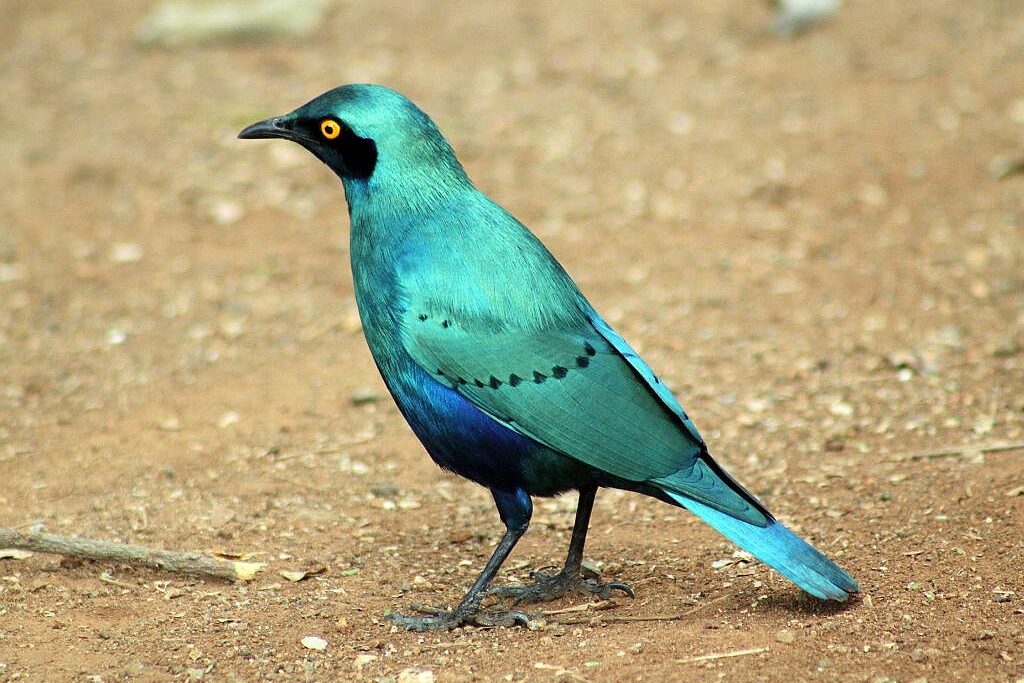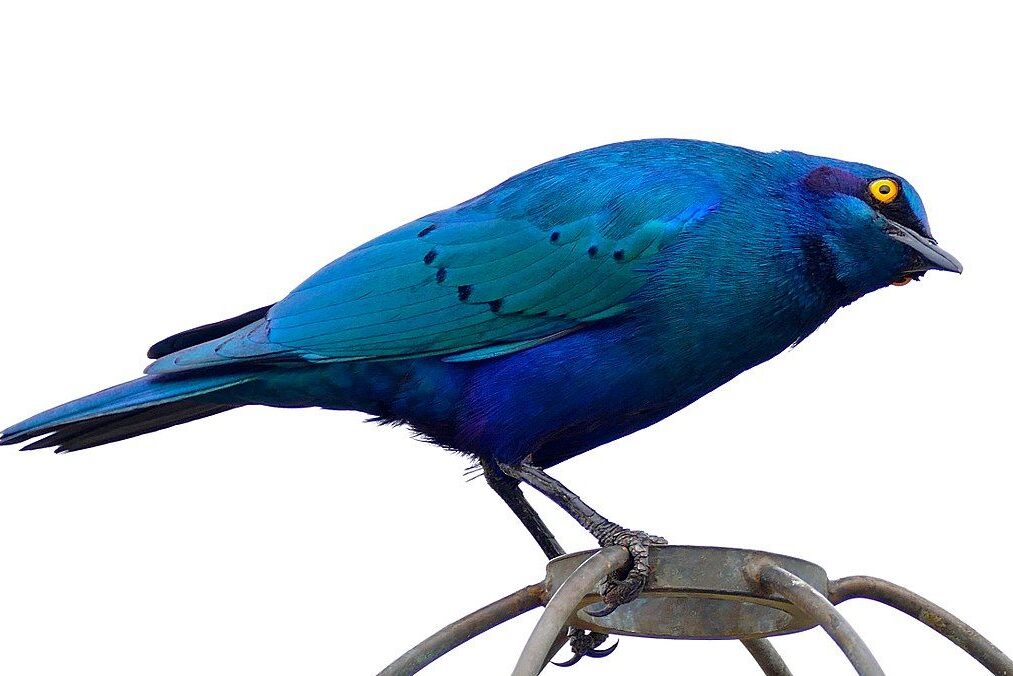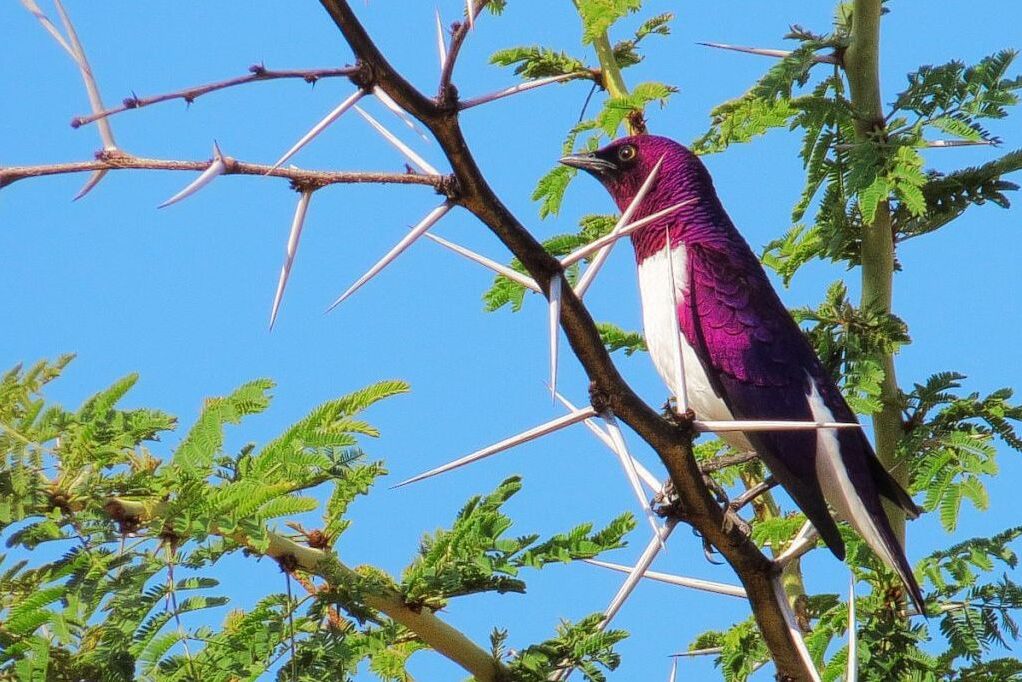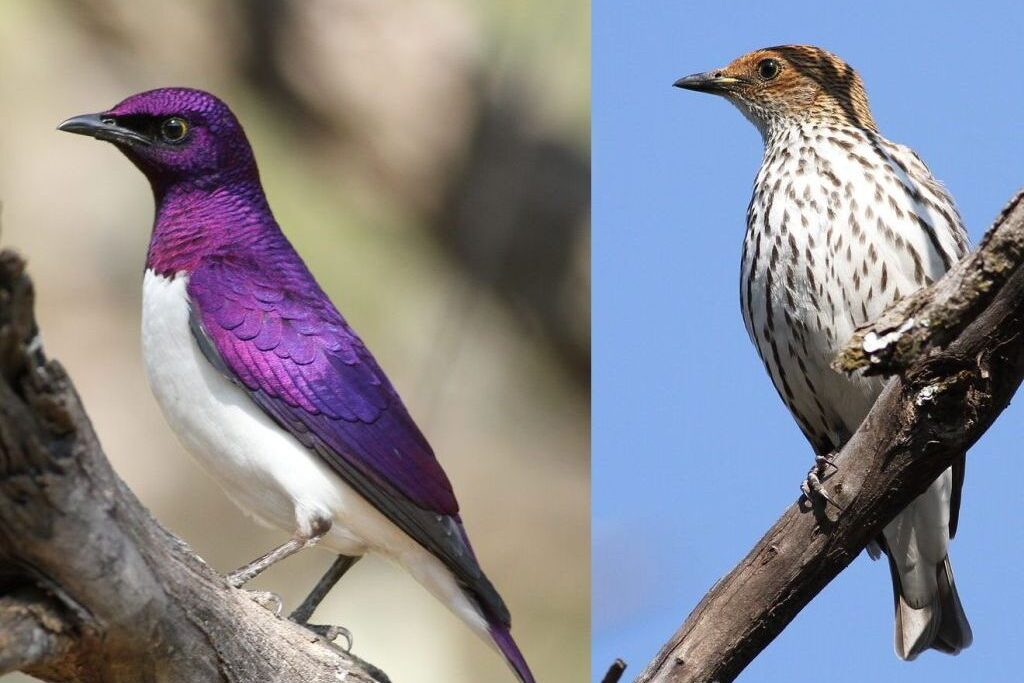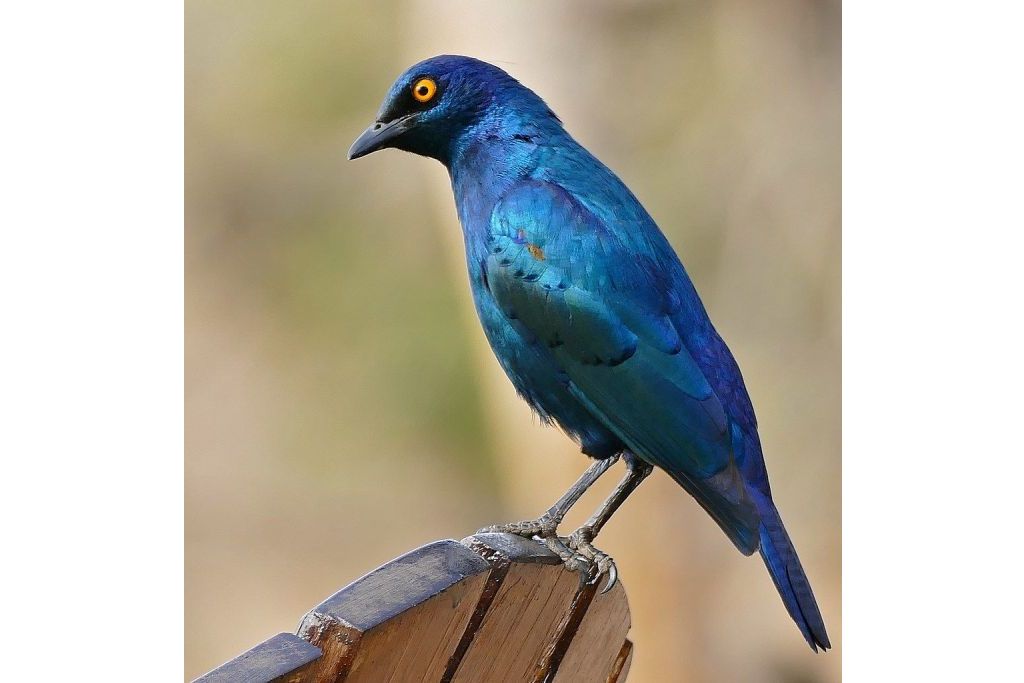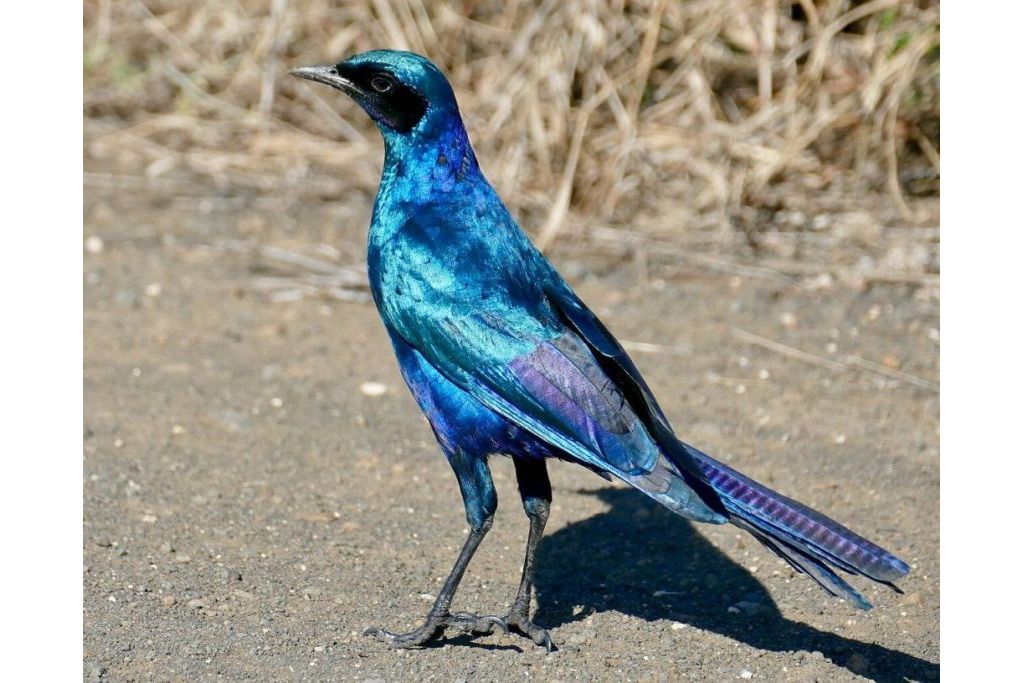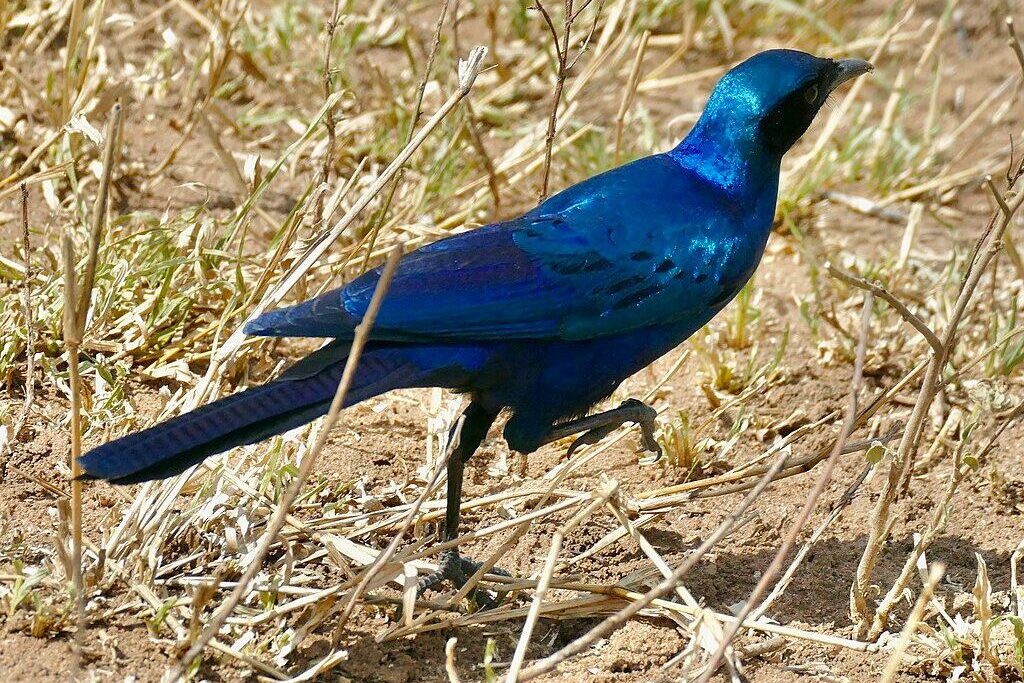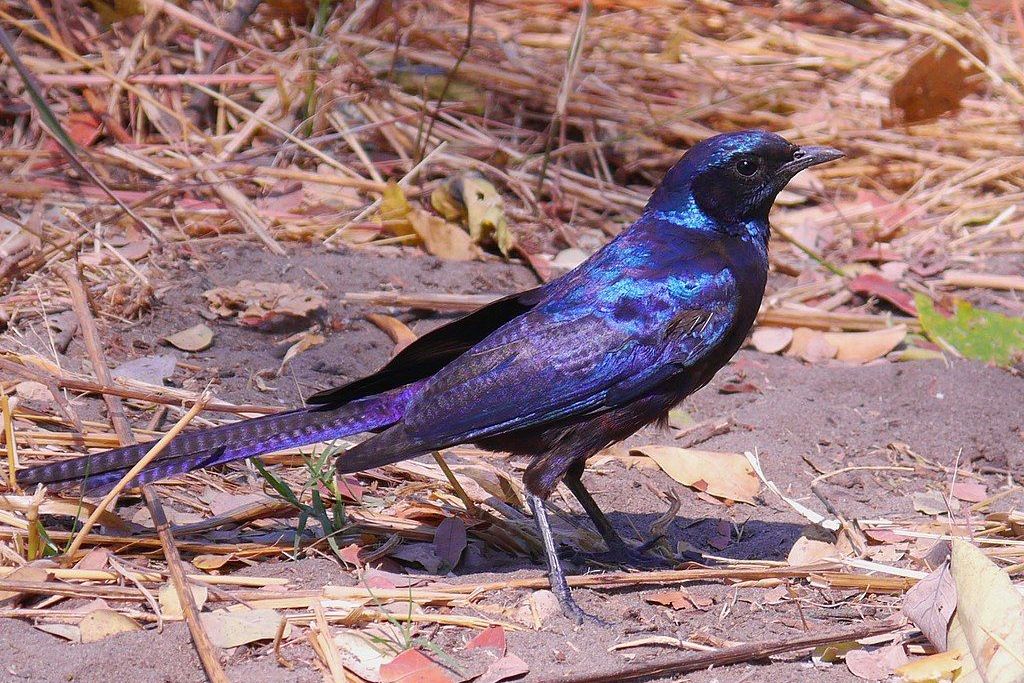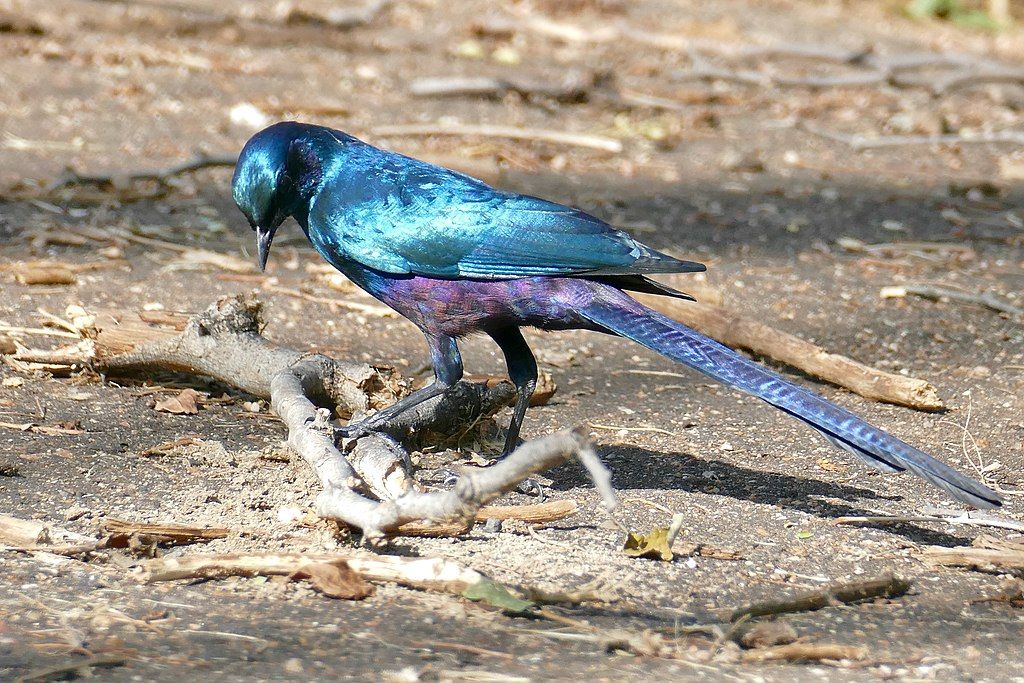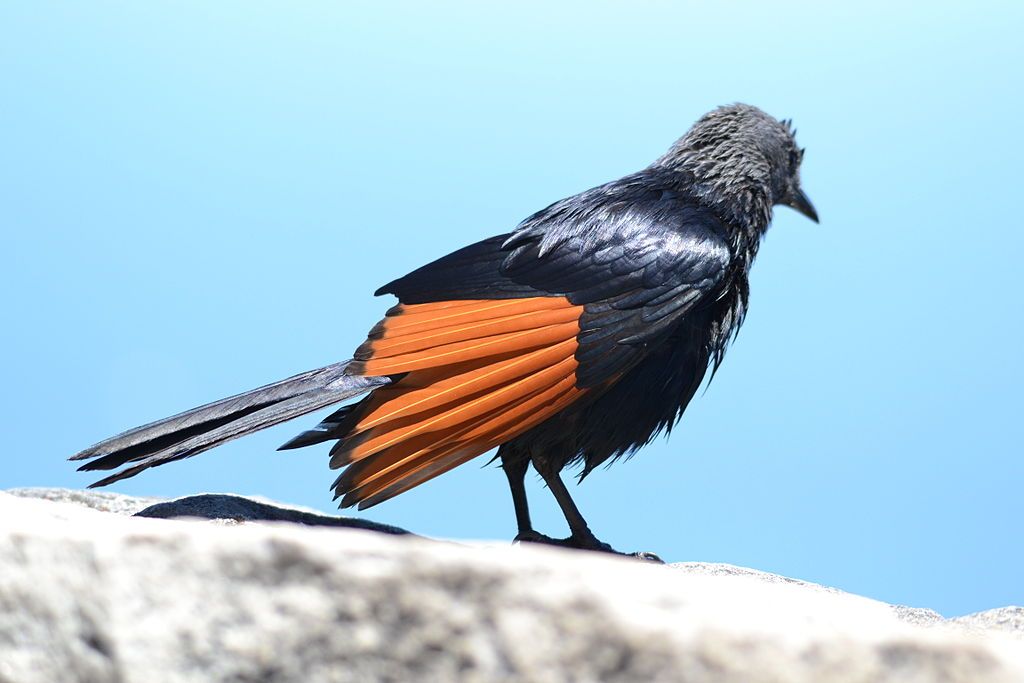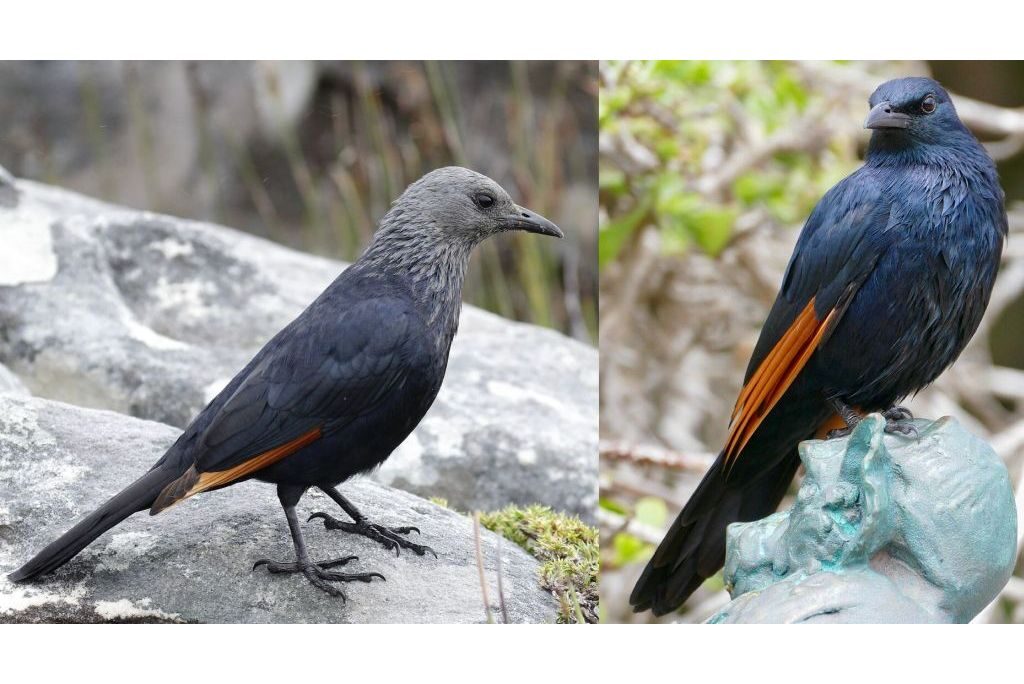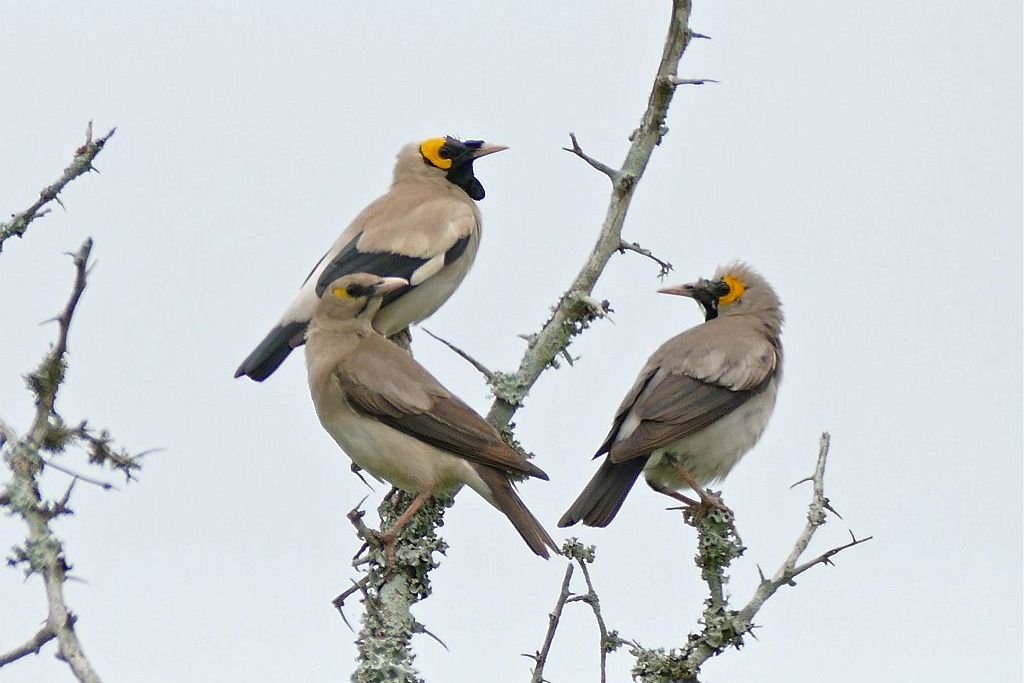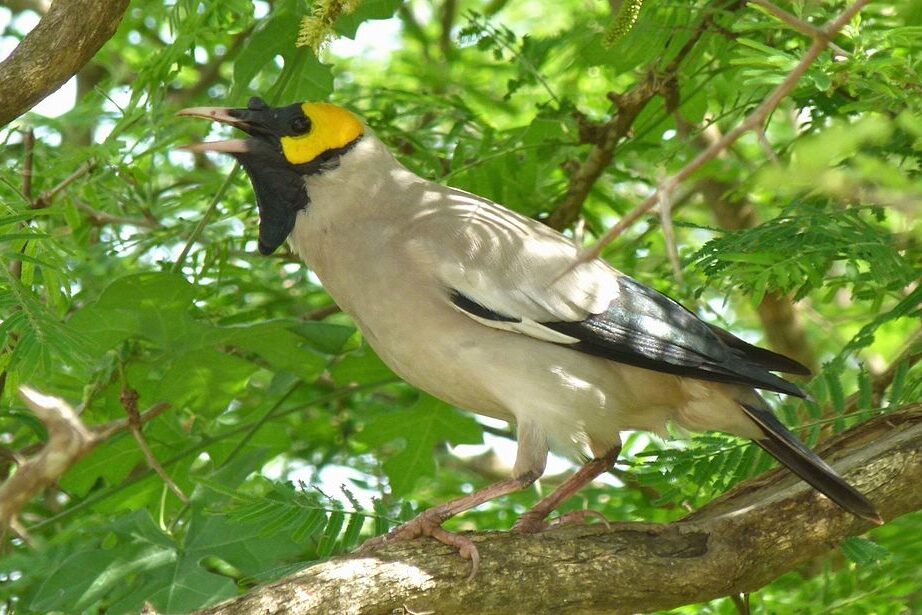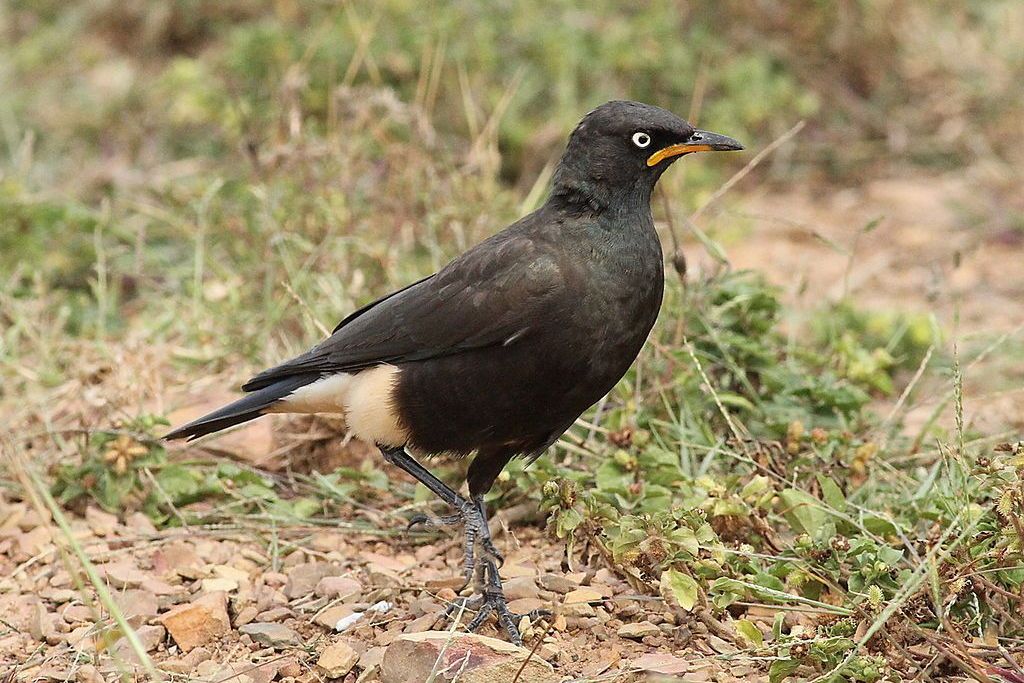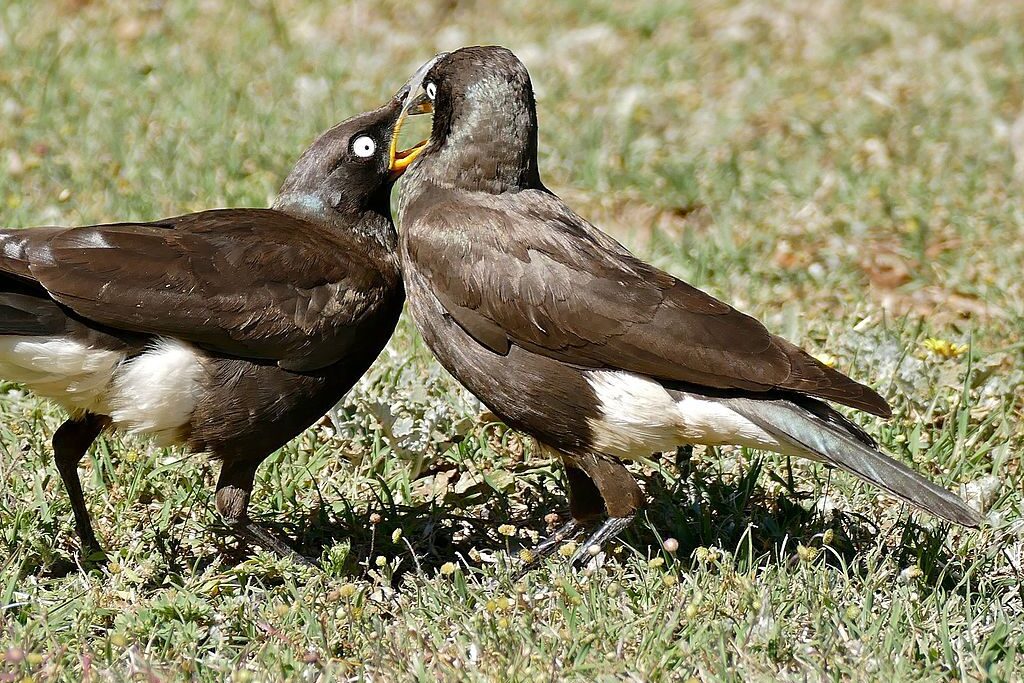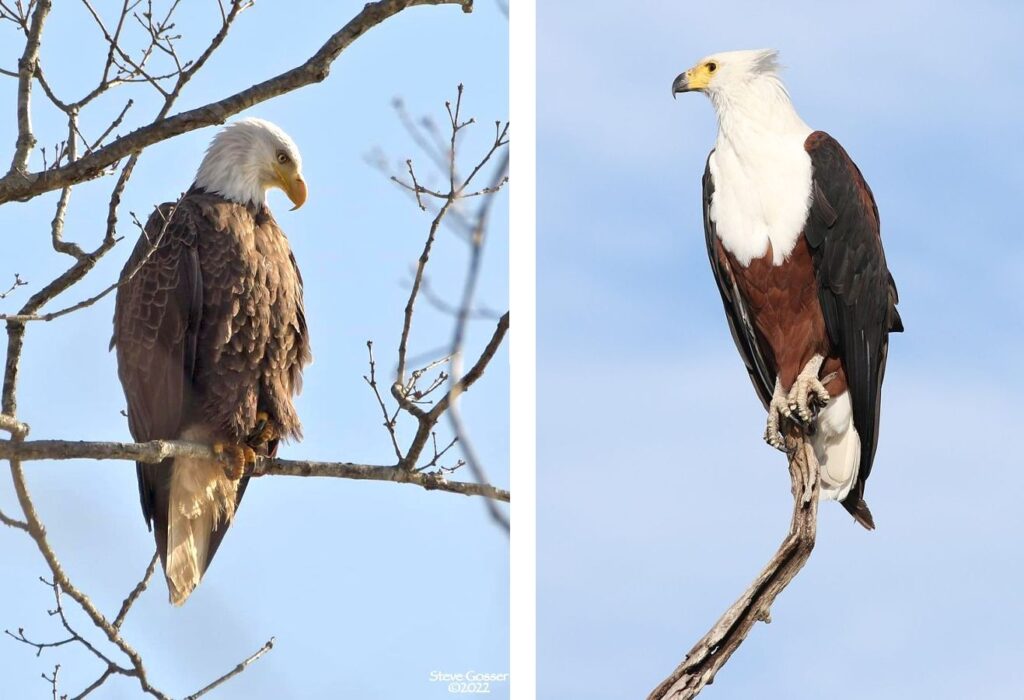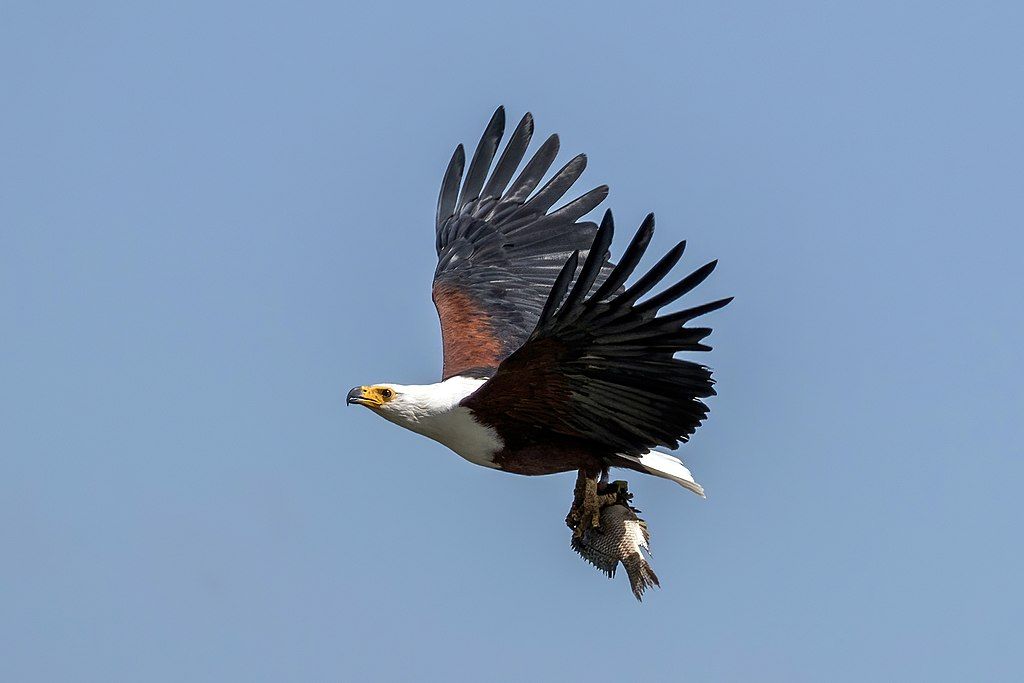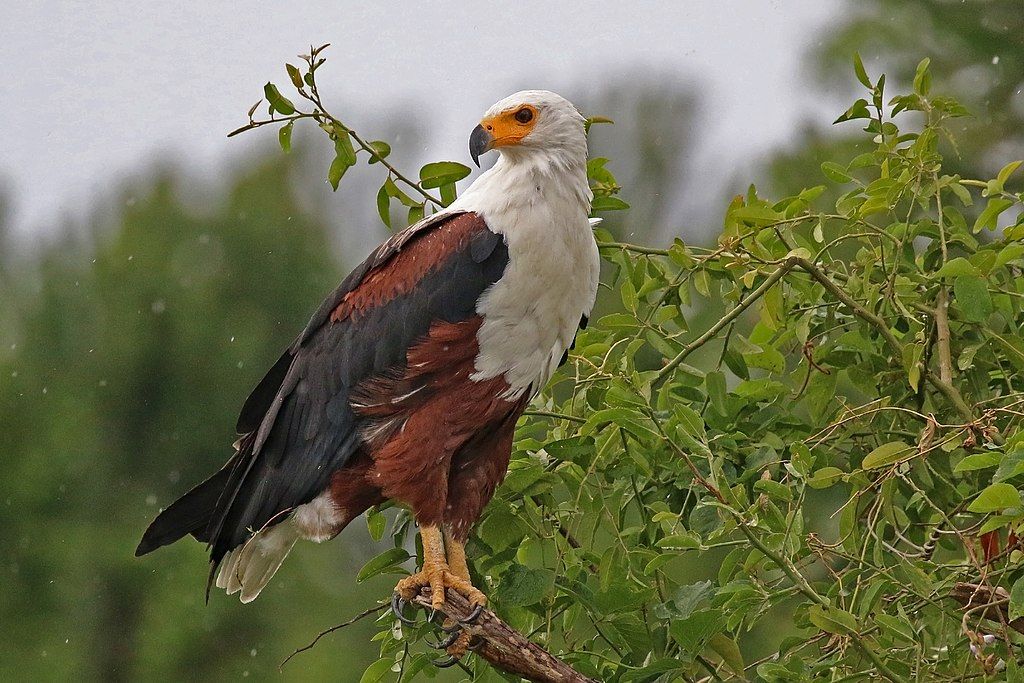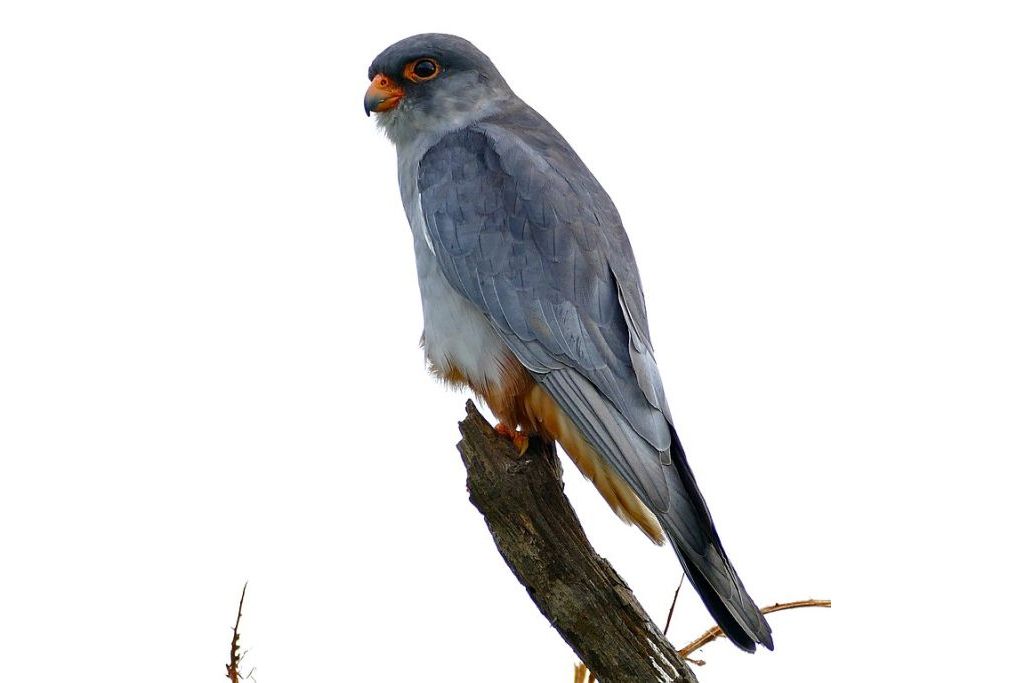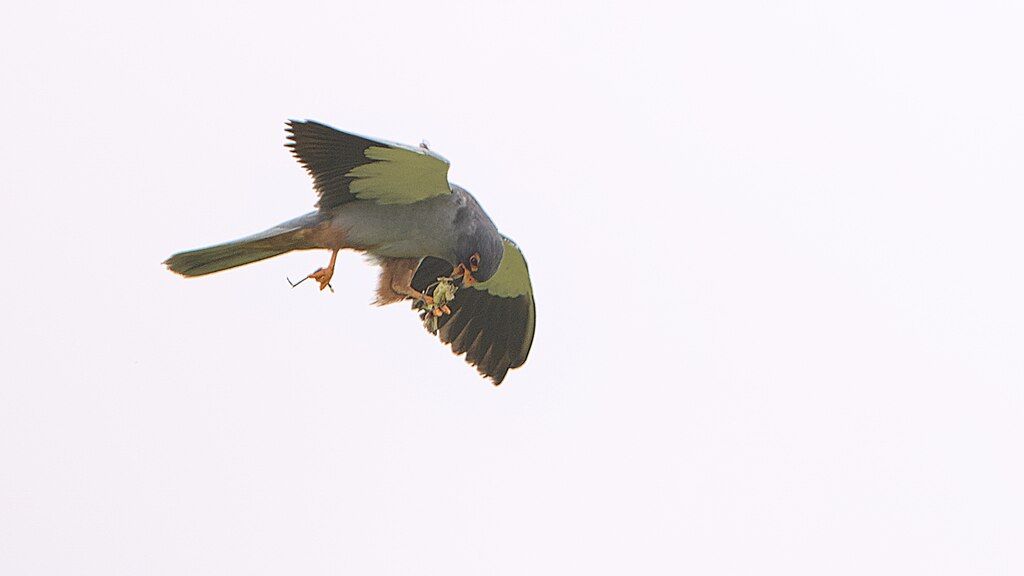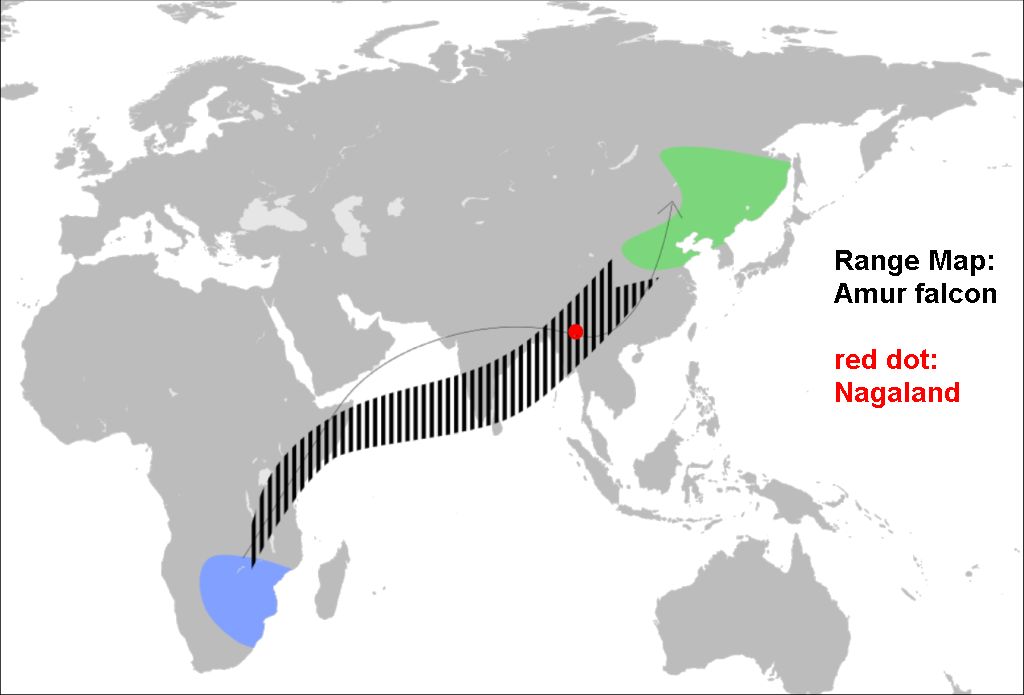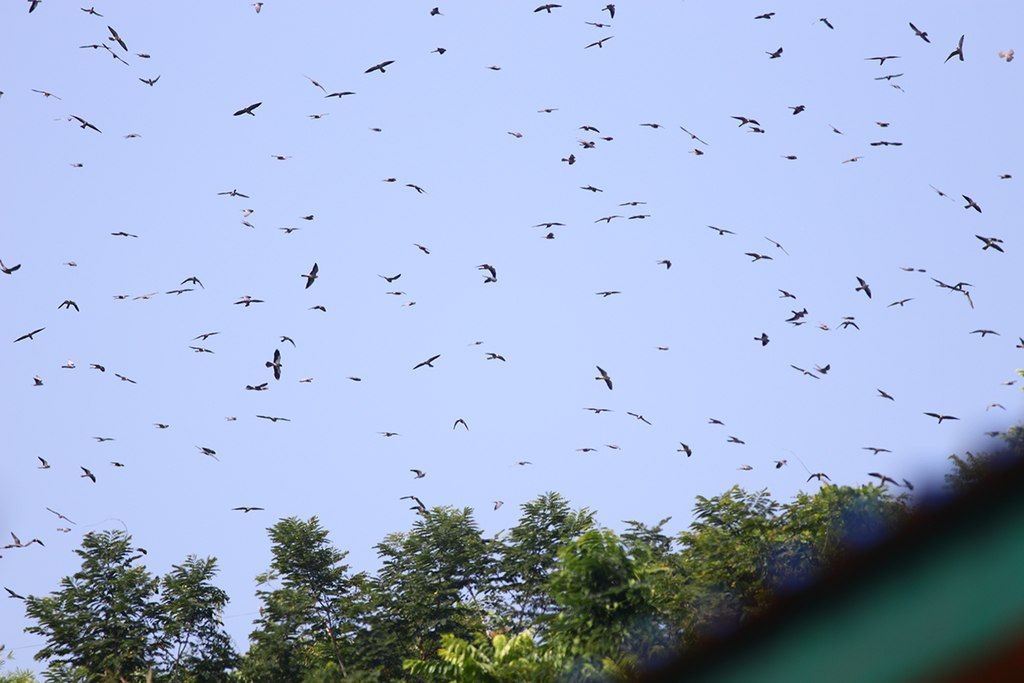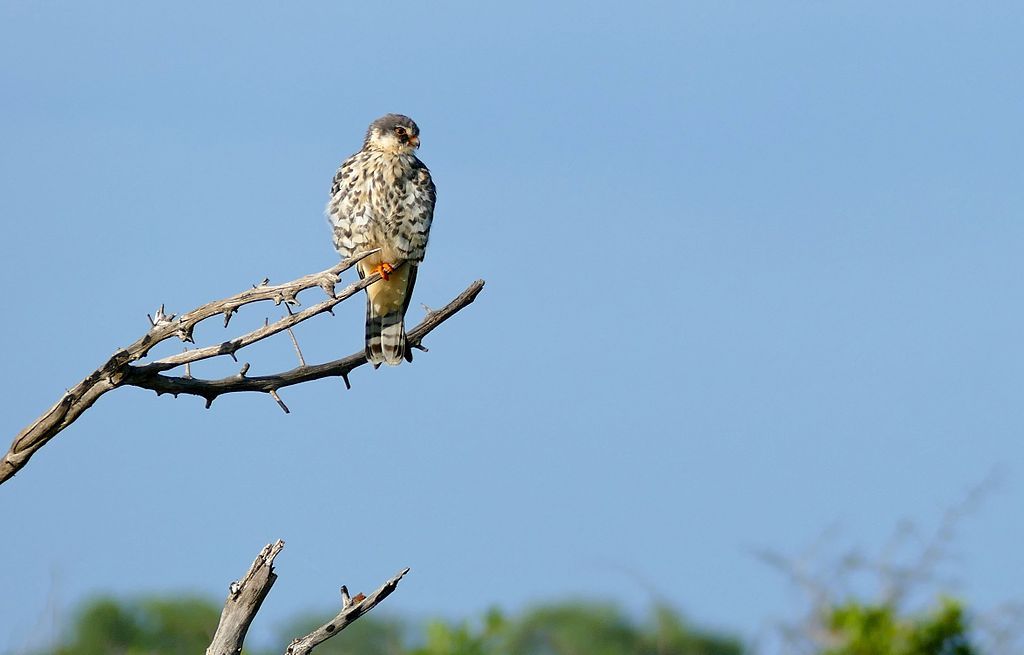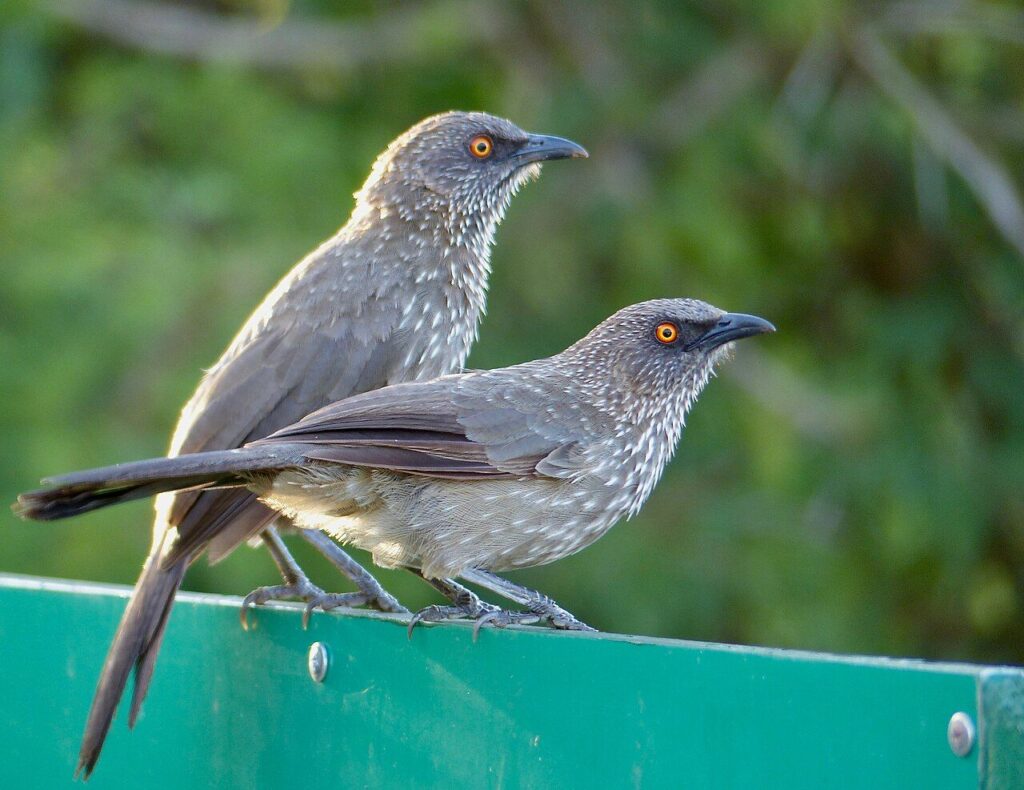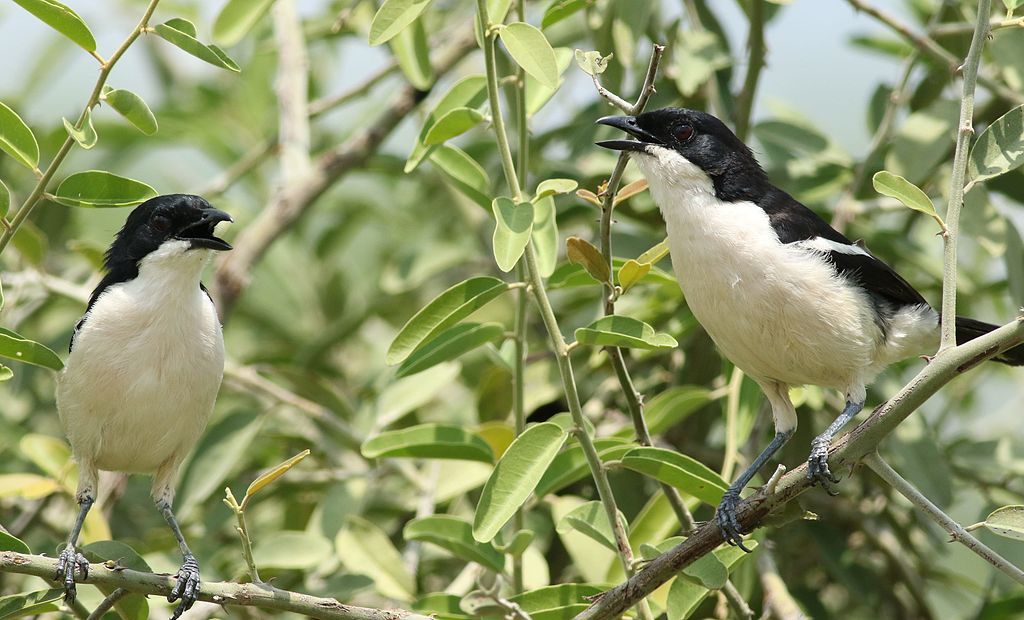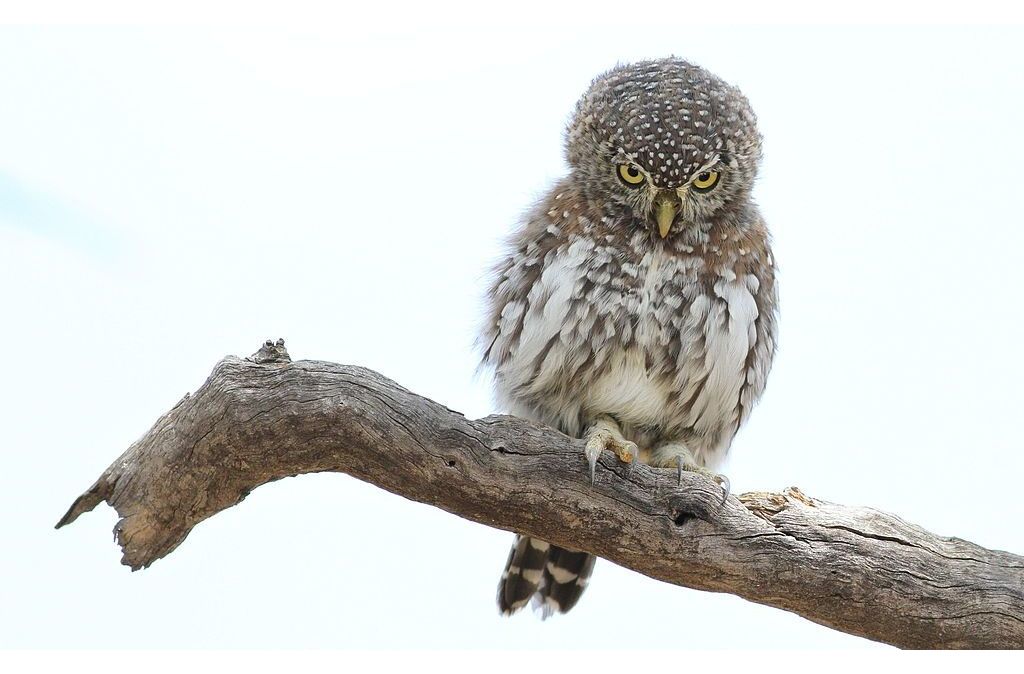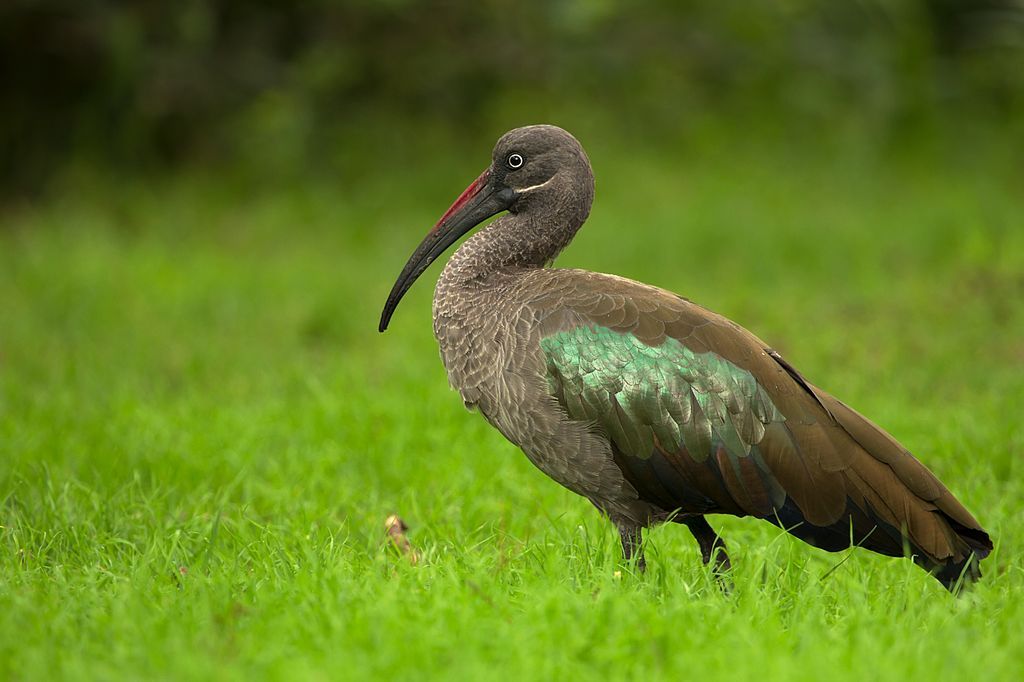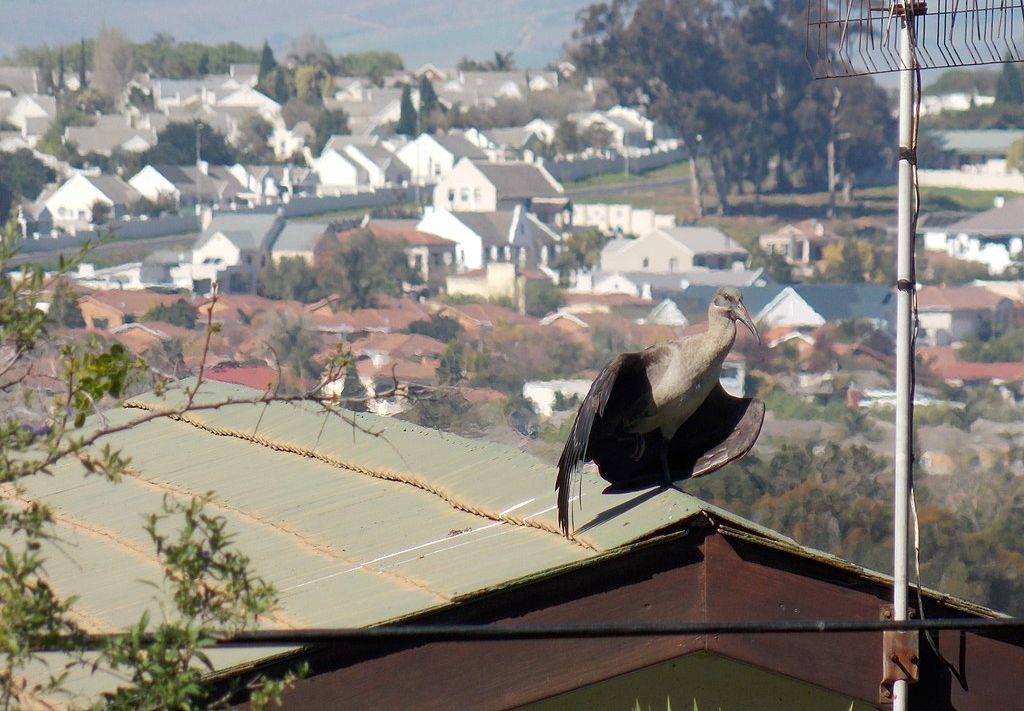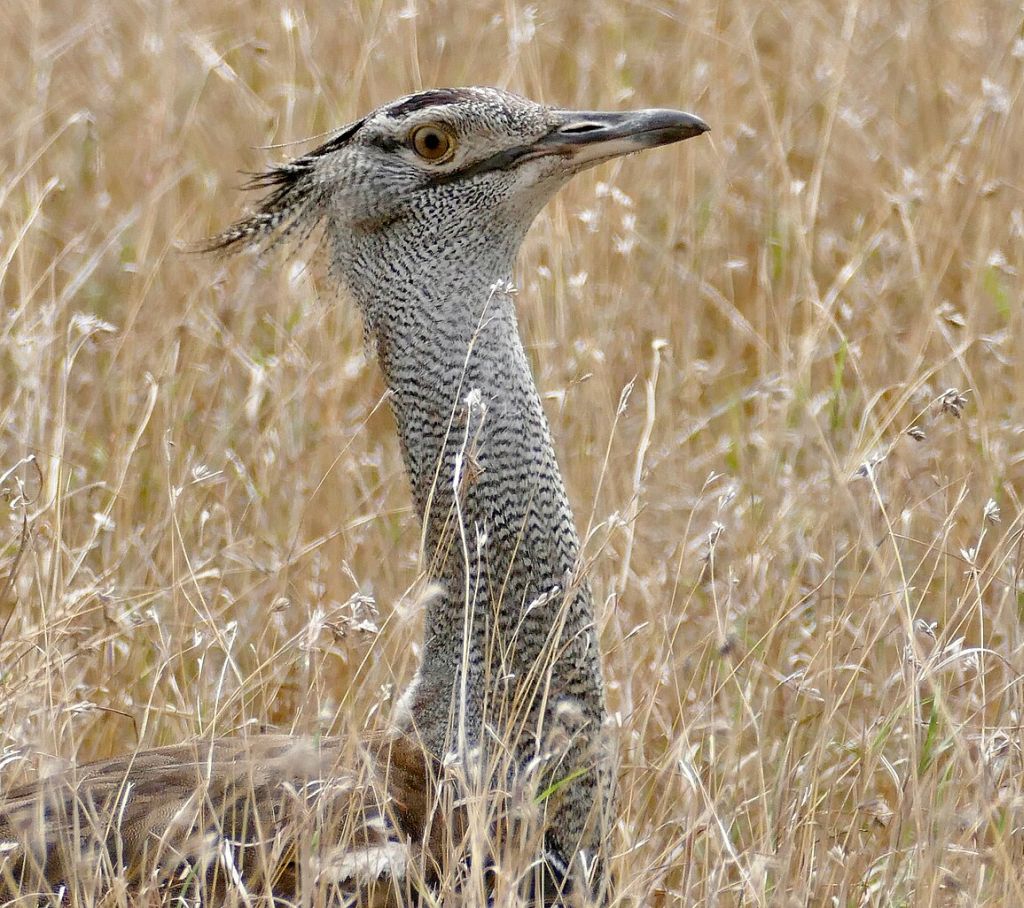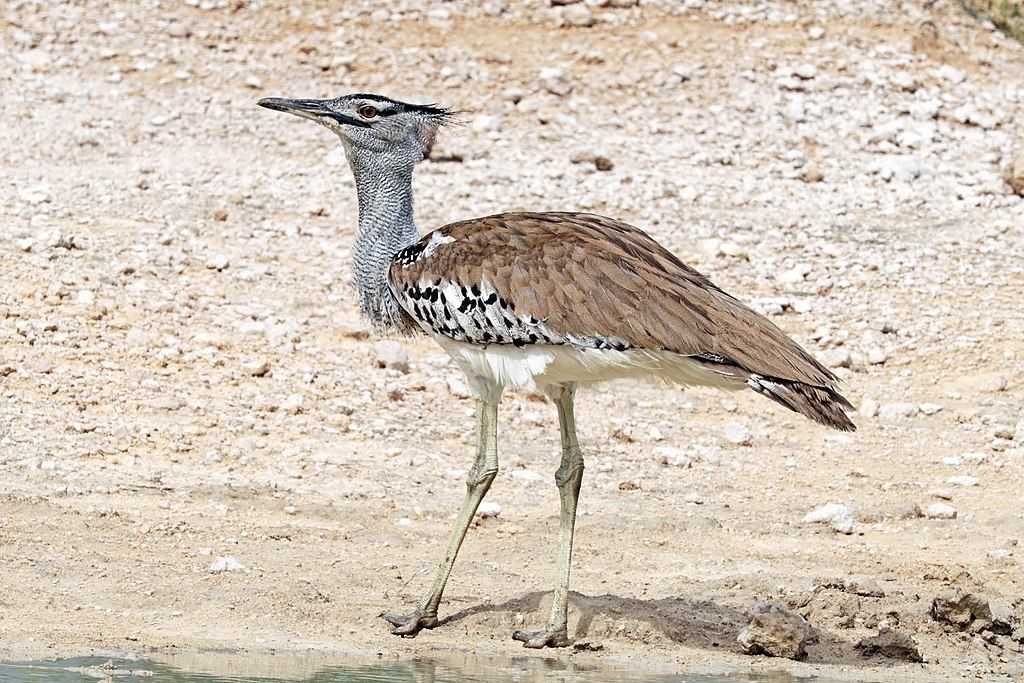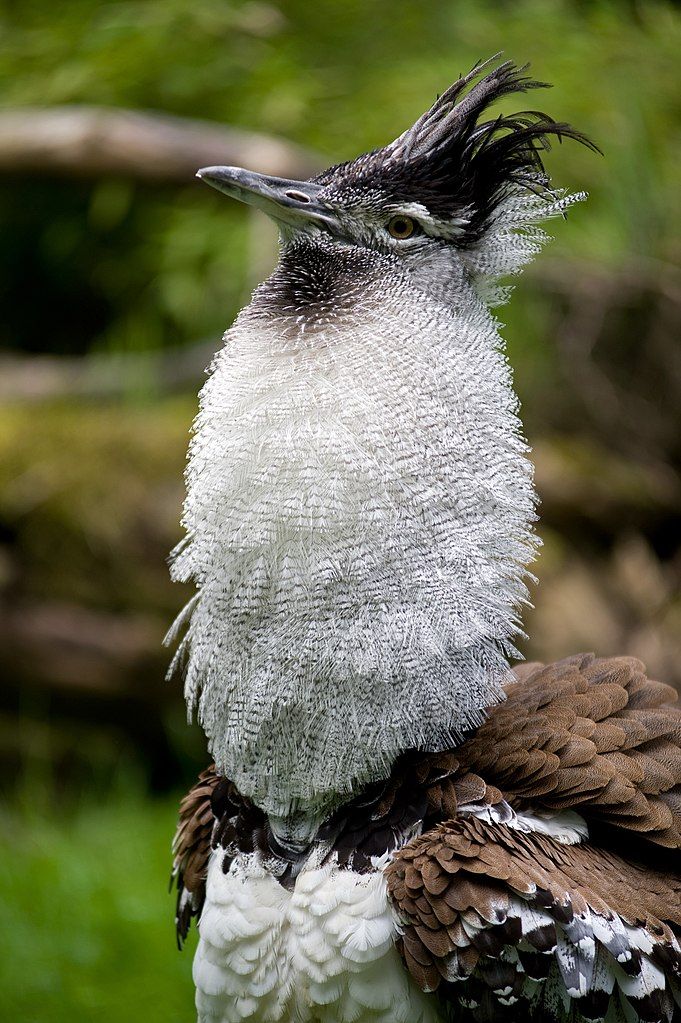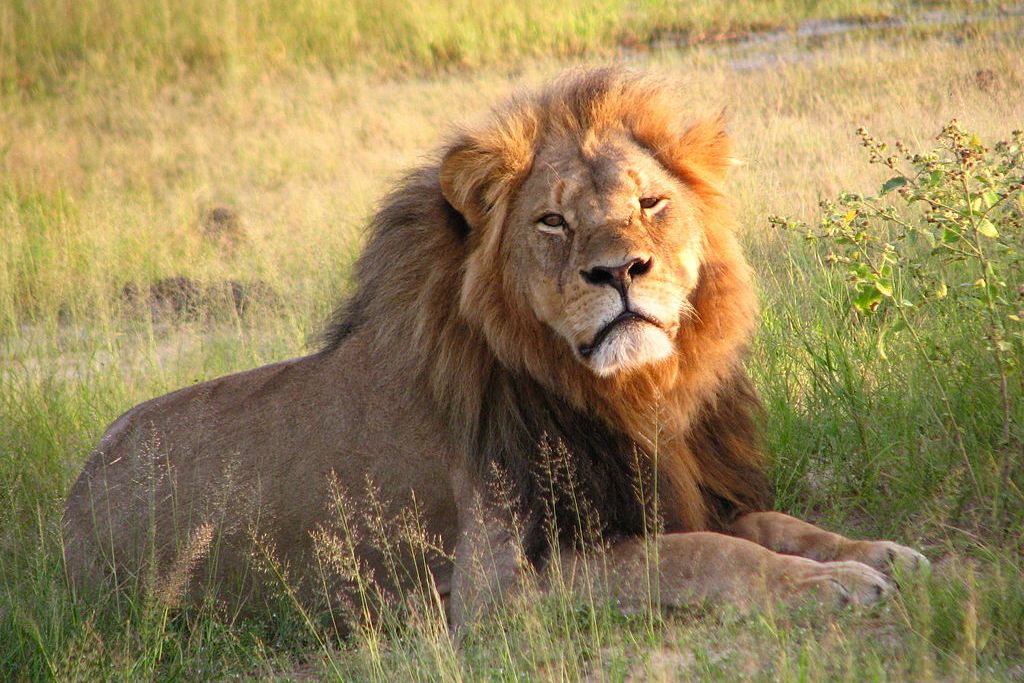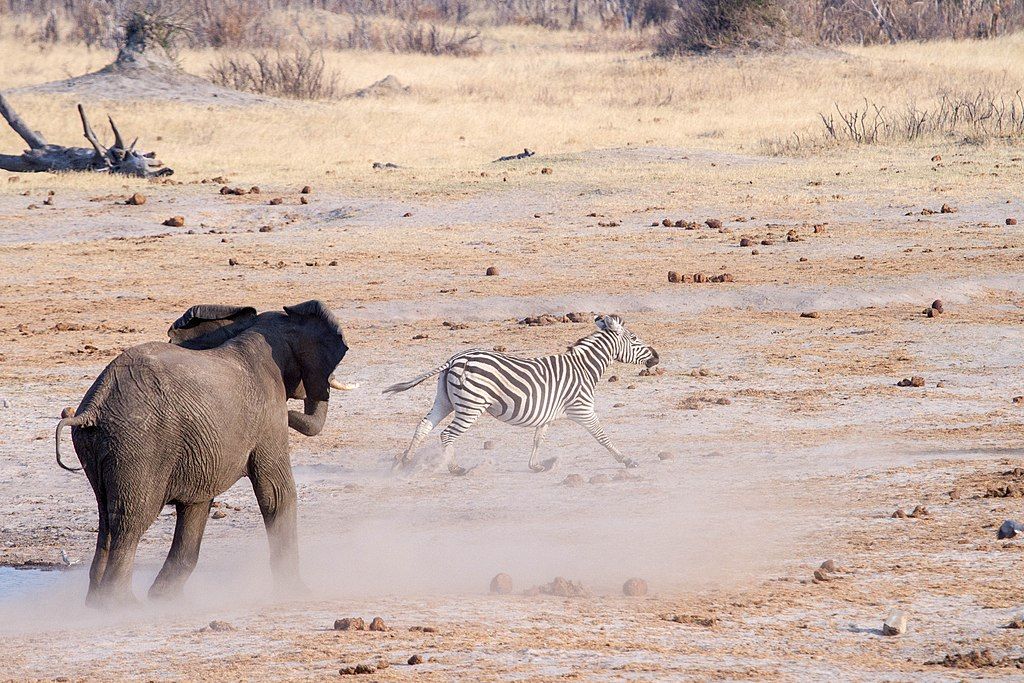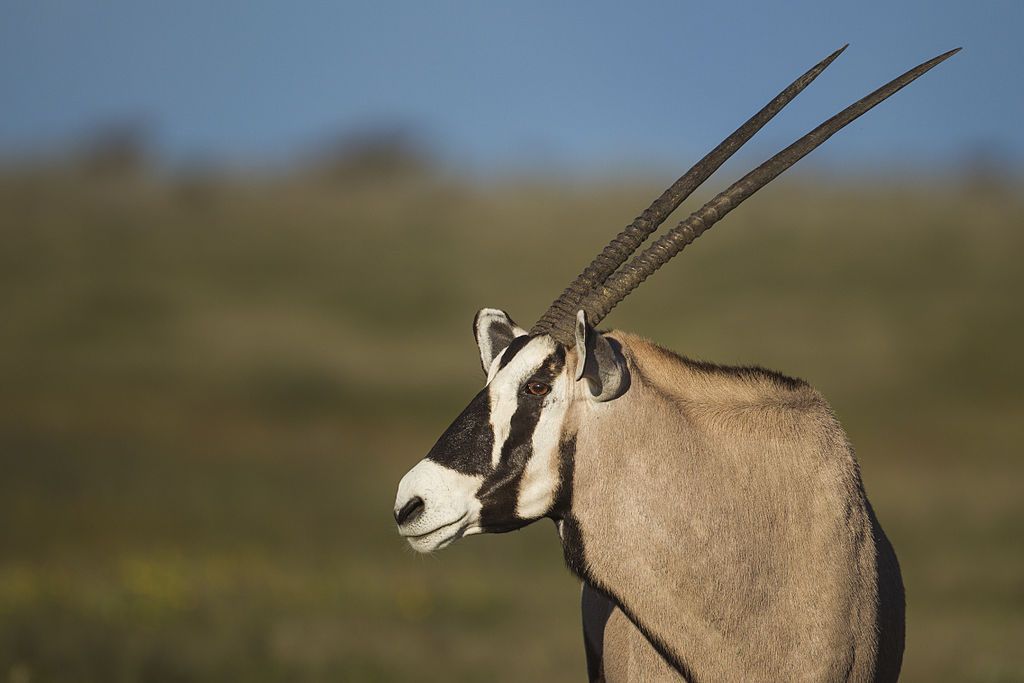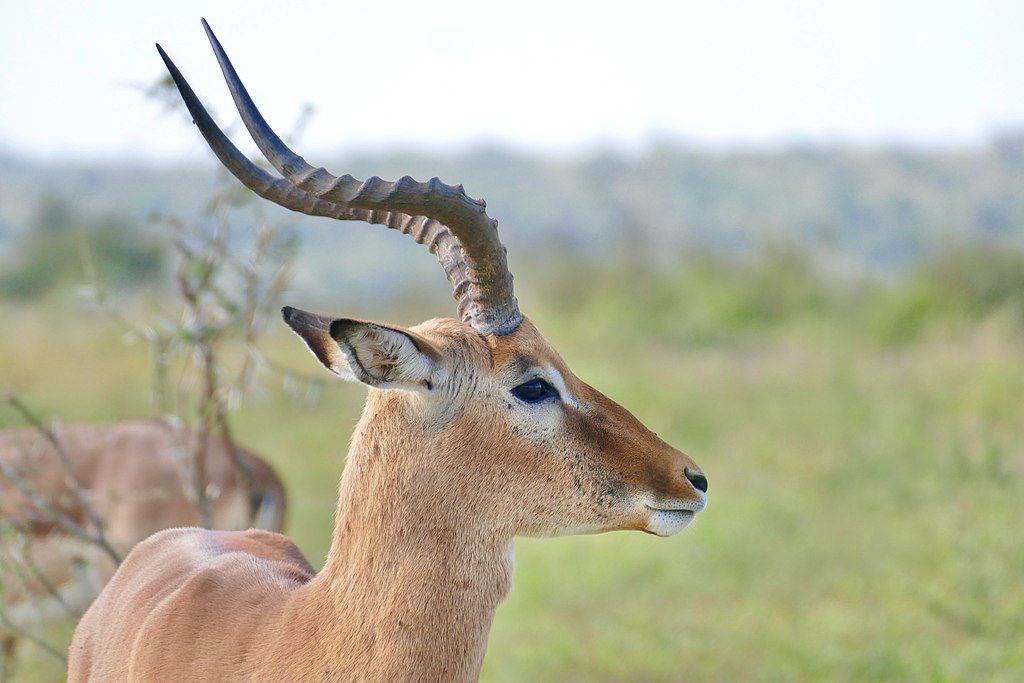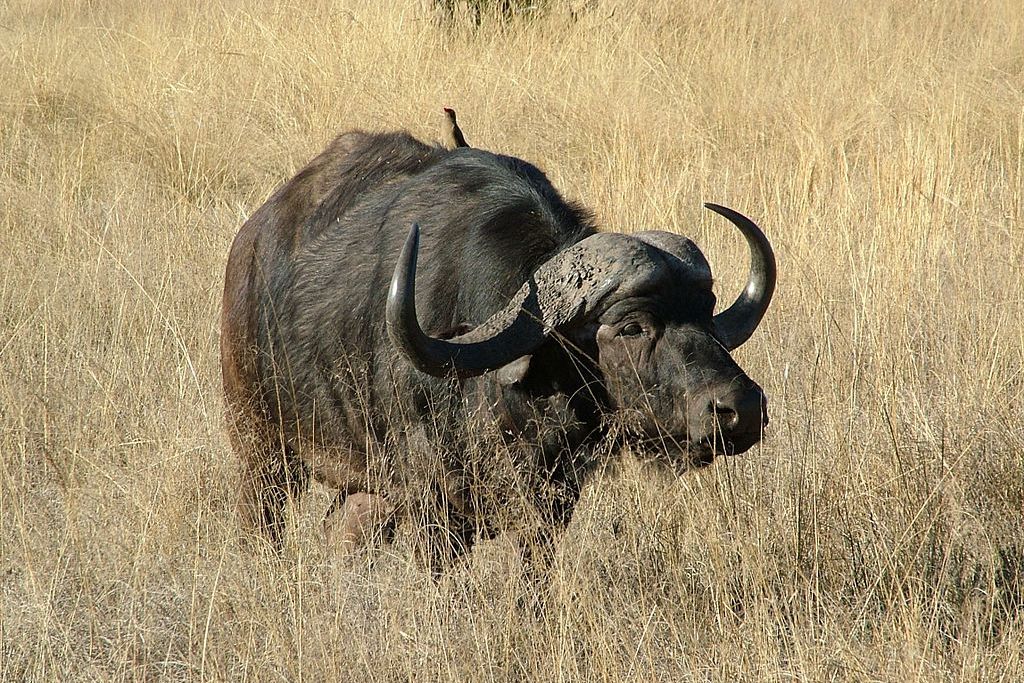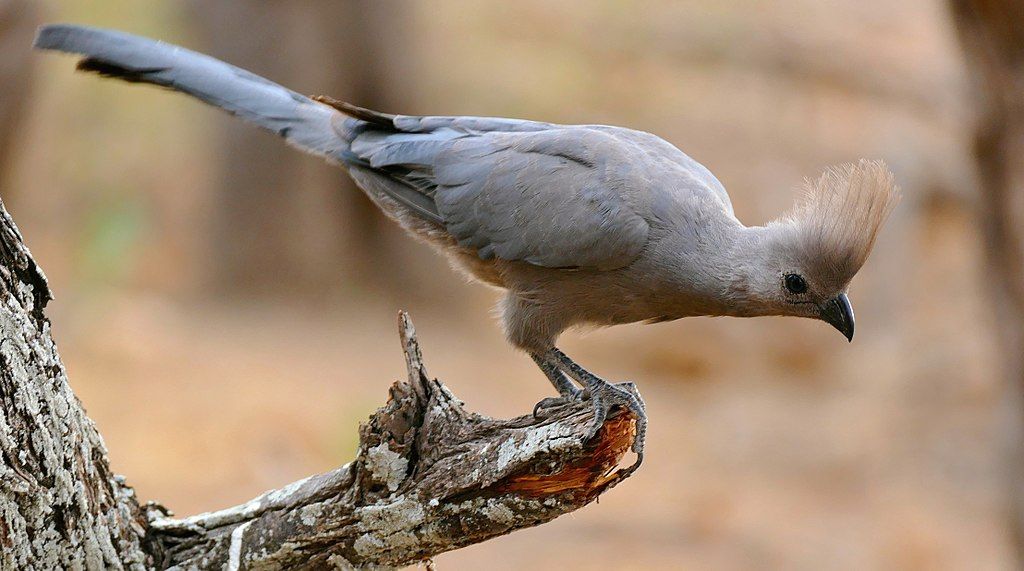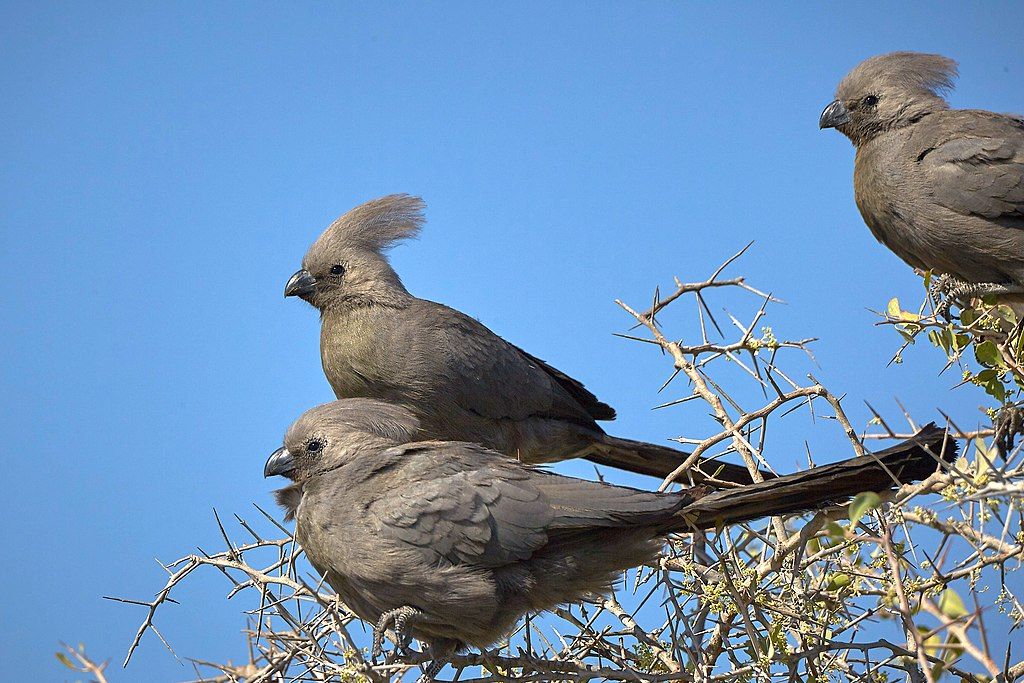2 February 2024: Day 15, Flying home — Road Scholar Southern Africa Birding Safari
Today I’m still in transit, flying home from southern Africa on a trip begun yesterday morning that will take more than 33.5 hours from airplane wheels up in Zambia to wheels down in Pittsburgh.
Even before my trip, I knew I would not see this bird’s extraordinary courtship display as he breeds from September through December, while I did not visit Africa until late January.
The pennant-winged nightjar (Caprimulgus vexillarius) resembles my Spark Bird, the common nighthawk (Chordeiles minor), but he is far more spectacular. For courtship purposes the male grows two very long feathers, one from each wing, which flow out like streamers when he flies.
This species takes its name from the extraordinarily long, and largely white, second to outermost primaries in breeding males, which are shown to great advantage in courtship display, being vibrated over a responsive female.
— Birds of the World: Pennant-winged nightjar
The long feathers appear to be his tail when he roosts. When he flies you can see they are not.
His flight is so awesome that an observer in this video gasps at the sight.
In courtship the male makes a very high pitched insect-like sound. You might hear it in the nighttime video below.
Is this bird’s display worth another trip to Africa to find it? What do you think?
(all photos and videos are embedded; credits are are in the captions)

